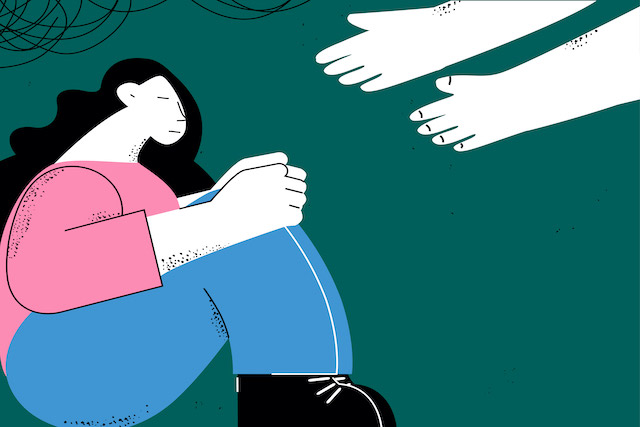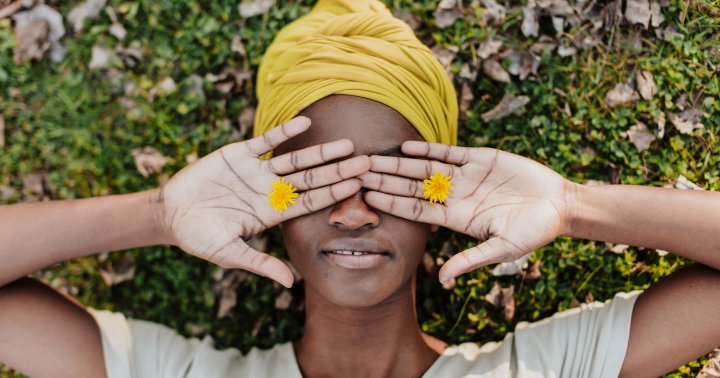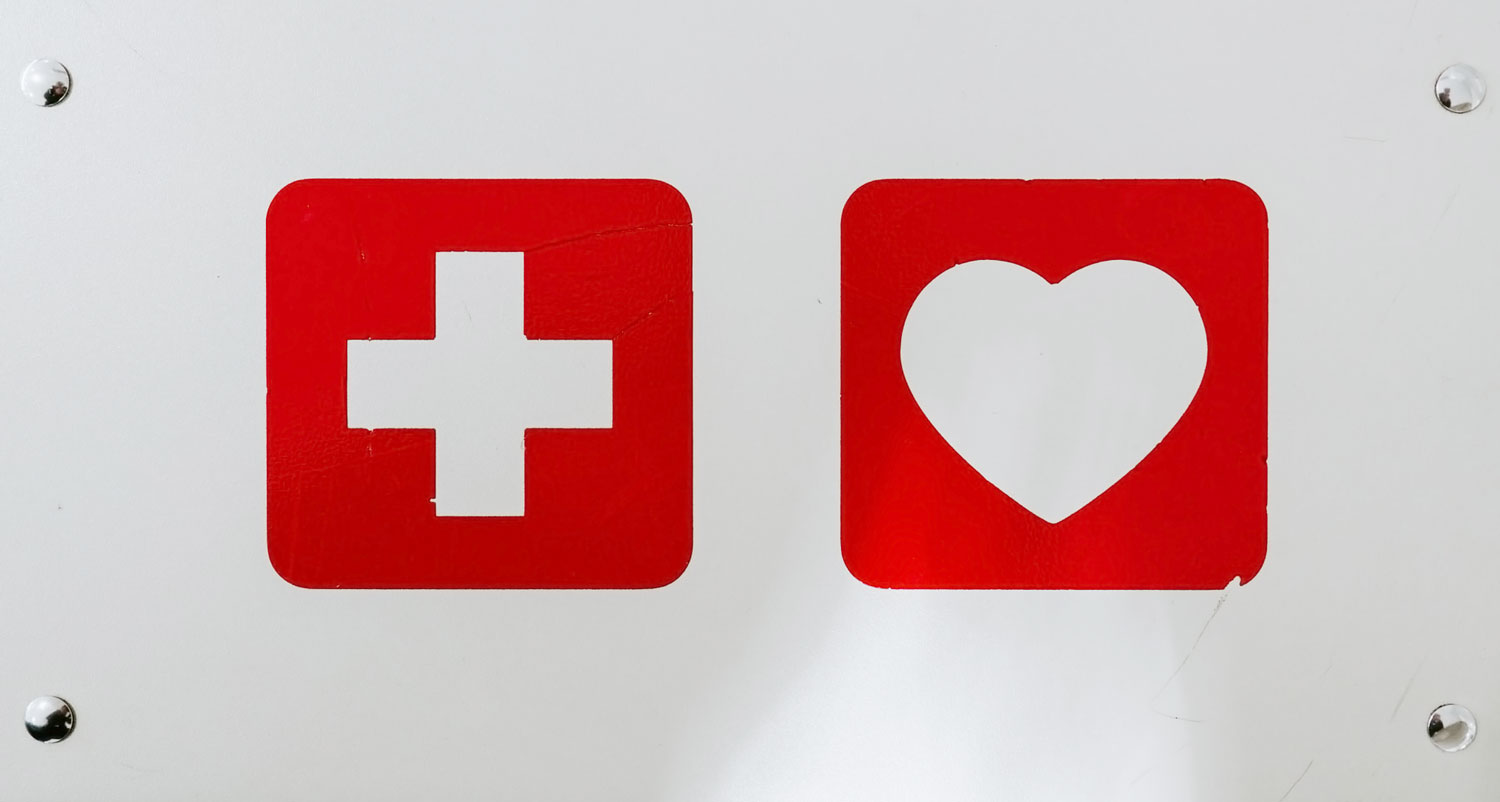Buddhist Mala: Guru Rinpoche’s Complete Guide, “Mala should follow you like a shadow”
In this in-depth feature, we answer these questions about Malas, and more: CONTENTS of VIDEO: 00:00-01:50 Introducing Malas and the questions we ask 01:50-04:41 “Mala should follow you like your shadow” 04:41-05:26 Guru Rinpoche’s Instructions 05:26-06:45 How many beads...

In this in-depth feature, we answer these questions about Malas, and more:
CONTENTS of VIDEO:
00:00-01:50 Introducing Malas and the questions we ask
01:50-04:41 “Mala should follow you like your shadow”
04:41-05:26 Guru Rinpoche’s Instructions
05:26-06:45 How many beads should a Mala have?
06:45-8:52 Care, Dos and Do Nots of Mala Practices
08:52-11:40 Gyaltrul Rinpoche and Padmasambhava: Materials and Protocols
11:40-12:35 Blessing your mala
12:35-14:23 How to Use for Different Activities
14:24-15:24 Sealing the Merit of Recitations
15:24-16:07 Commitments for Practice: Root Commitments
16:07-16:54 If your Mala breaks
Why did the great Guru Rinpoche Padmasambhava teach that your mala “should accompany you like your shadow.” What else did Guru Rinpoche teach regarding Malas.
What is a mala in Buddhism? Why is a mala special? What difference does it make how many beads, the size of beads or the color? Does a mala have to be blessed? How do you use it
Ask a Zen or Chan Buddhist, and the practitioner might casually say, “A mala is just for counting, nothing special. Just count.”
Ask most devotional Mahayana Buddhists and the language would be one of sacred and precious respect: “It’s a Dharma object.”
All the rules that apply to Dharma objects apply, such as do not place on the floor, do not step over a mala, treat it with reverence, and so much more. And, then there’s the whole question of, can you wear a mala?
Inquire of a serious Vajrayana Buddhist, and the likely answer will be more nuanced. “It’s none other than the deity itself.” This is the meaning behind Guru Rinpoche’s advice that “If your mala has been repeatedly blessed… it should accompany you like your shadow.”
Vajrayana Buddhists also emphasize the practice of chanting mantra to bless our speech. In this practice malas are the main practice support, and considered blessed and sacred.
Gyatrul Rinpoche, in his book The Generation Stage in Buddhist Tantra, writes:
“Your mala represents not only the form of the deity but the speech of the deity as well. For example, if you recite the One-Hundred Syllable mantra, the guru bead represents the syllable Om and the other beads represent the remaining syllables.”
At this level a mala is not just sacred, but deity itself.
So, which view is right? “Just for counting” or sacred object that should “accompany you like your shadow”? As with any skillful teaching in Buddhism, both views could be considered correct.
If the mala is sacred, but, as Padmasambhava taught “should follow you like a shadow” it begs the question, can you wear your mala? As a sacred object, how do we care for it and respect it?
Gyatrul Rinpoche taught, “It is appropriate to either wear one’s mala around one’s neck, or keep it in a pocket on one’s upper body. It is inappropriate to keep it in a pants pocket.”
Normally, if you wear on your wrist, you wear on your passive hand. If you’re right handed, wear on your left and if you’re left handed on your right.
Believe it or not, the question most often asked about malas, is, “If you wear your mala into the toilet, have you ruined your merit on that blessed mala?”
The answer is no. There is no such instruction or prohibition. It’s more a state of mind. If you feel a toilet is impure, then just re-bless your mala when you exit, by saying a mantra and blowing on the mala. But, there is nothing impure about going to the toilet.
On the other hand, Guru Rinpoche did instruct “It is very important to protect your mala from contamination by non-virtuous persons.” This basically means, don’t show off your shiny mala to people who don’t understand.
Keep your practice private. It’s not about defiling by touch alone. It’s about your own mind being defiled by a superficial need to show off. For this reason, most of us wear our mala under a shirt, or in a carry bag, when in public, fulfilling the requirement to treat your mala like your own shadow while not showing it off.
The next top mala question is “how many beads should your mala have?” Or, the question “Why 108 beads?”
In Buddhism, the number 108 connects us to our place in the Dharma. By tradition, the heart chakra is formed of 108 lines of energy or nadis and 108 pressure points or marmas.
On a cosmic level, the distance between the sun and the Earth is 108 times the diameter of the sun. The number 108 connects us both to ourselves and to the world around us.
In Buddhism, there are 108 delusions to be purified.
Twenty-seven beads on a mala, a so-called “quarter mala’, requires four times around to fulfil the standard one hundred and eight. It is used for larger beaded malas.
For longer mantras such as Vajrasattva’s 100-syllable mantra, many teachers advise students to do 27.
The third most often asked question is how do we care for our malas if they are sacred objects, but we have to carry it with us like our shadow.
Khenpo Gyaltsen in the book “A Lamp Illuminating the Path to Liberation: An Explanation of Essential Topics for Dharma Students” has this advice:
When reciting the essence mantra of your deity, do not use another mala. Never place your mala on the bare ground, leave it lying around, let it pass under one’s feet and so on.
Do not let others touch it, and in particular keep it away from the hands of people with damaged sacred commitments, people who are obscured, or who do not share the same sacred commitments as oneself. Do not pass it excessively slowly through your hands while counting mantras.
You should not use a mala with uneven sized beads, with crooked beads, cracked beads, the wrong number of beads, beads of inferior color or shape, or malas that are of a different type or mixed.
Do not use a mala that comes from a very negative person.
Do not use your mala for mundane calculating, and other such things. Do not hold it with pretense or to show off. Do not use a mala that has not been consecrated.
Ideally you ask your teacher to bless and consecrate your mala, but if you’re doing it yourself, prior to each practice follow Padmasambhava’s advice. He taught:
Recite the mantra that transforms all dharmas into the awareness of their true nature:
OM SVABHAVA
SHUDDO SARVA
DHARMA SVABHAVA
SHUDDO HAM
In the book The Generation Stage in Buddhist Tantra, by Gyatrul Rinpoche, he cites the advice of Padmasambhava regarding materials and practice protocols. Don’t despair, however, if you can’t afford a “ruby” mala!
The Bodhi Seed mala is relatively inexpensive and good for all practices! Here is a quote of the advice from Guru Rinpoche:
A mala made from seashells, earth, wood or seeds from trees or fruit is meant to be used to accomplish peaceful sadhanas and peaceful action.
A mala made from gold will accomplish expansive karmas. A red coral mala is best for accomplishing powerful sadhanas.
A steel or turquoise mala is good for wrathful activity. A mala made from precious stones can be used to accomplish any of the karmic activities you are doing.
A mala made from apricot stones will accomplish expansive activity. A mala made from raksha beads accomplishes wrathful practices. A mala made from bodhi seeds accomplishes all dharmas.
Malas of bodhi tree wood accomplish peaceful karmas. A mala of mulberry beads accomplishes powerful karmas.
Malas of mahogany wood accomplish wrathful practices.
Beads made of stone are good for expansive practice. Beads made of medicine are good for wrathful practice.
An iron or steel mala multiplies the virtue that is accumulated with each recitation in a general way. A copper mala multiplies each recitation four times.
A raksha mala multiplies each recitation by 20 million, and a pearl mala by 100 million.
A silver mala multiplies by 100,000 and a ruby mala by 100 million.
A bodhi seed mala manifests limitless benefits for any form of practice, be it peaceful, expansive, powerful or wrathful.
You should constantly bless your mala yourself by imbuing it with energy. You must put energy into your mala before counting recitations with it, to produce real benefit.
You should clean your mouth and hand, and then your mala, before using it. You may also scent it with sandalwood oil.
Next, generate yourself as your deity, place the mala in your left hand and arrange the beads with the guru bead placed vertically in the center. Recite the mantra that transforms all dharmas into the awareness of their true nature:
OM SVABAVA SHUDDO SARVA DHARMA SVABAVA SHUDDO HAM.
This mantra cleanses and transforms impure perceptions into the awareness of emptiness.
Whenever you recite peaceful mantras of Pacifying or White Deities, place the mala on your top finger and use the tip of your thumb to count the mala by pulling it towards you clockwise.
When reciting expansive mantras of Enriching or yellow deities, place the mala on your third finger and use your thumb to count by pulling it towards you clockwise.
When reciting magnetizing mantras of Powerful red deities, place the mala on the ring finger and use the thumb to count by pulling it towards you clockwise.
When reciting the mantras of Wrathful black or blue deities, place the mala on the little finger and use the thumb to count by pulling it towards you clockwise.
Use only your left hand to count mantras. The right hand is rarely used except for some wrathful practices.
Finally, be sure not to cross the Guru Bead. This means when you finish a mala round and reach the Guru Bead, instead of crossing the bead, it is vital to flip the mala over and continue back the other way. Try to turn the mala slowly and gracefully in your one hand. All you are trying to do is turn the mala around to the other side.
You’re still pulling clockwise, but because you turned the mala around, the beads are going back the opposite direction. It is considered a fault to cross the Guru bead. It’s like symbolically stepping over your Guru or Yidam.
After your practice for the day is finished, you seal the merit in two ways. It’s important to always verbally dedicate the merit of your recitation to the benefit of all sentient beings. This is part of the all-important Bodhichitta Intention. You can say something like, “I dedicate the merit of my mantra recitation to the cause for Enlightenment for the benefit of all sentient beings.”
Traditionally, when finished a recitation, you seal the merit also by coiling your mala in your two hands, cradling it like a precious object, then blow on it with your breath, which has been purified by the mantras you chanted. Visualize the merit and energy flowing into your mala. You then wear or put away your mala.
The most important commitments of practice of a Yidam, as quoted from the book: A Lamp Illuminating the Path to Liberation by Khenpo Gyaltsen is:
“An individual striving for liberation and enlightenment should maintain their sacred commitment of engaging in the practice and recitation of their yidam deity. And while continuously striving for that deity’s blessings and siddhis they should keep a genuine mala on their body at all times. This is the root commitment.”
What happens if your treasured, blessed mala one day breaks, as it inevitably will? This is merely symbolic of the nature of impermanence. The teachings advise us to recover the beads and re-string as soon as possible. You then consecrate and bless as before.
We dedicate the merit of this presentation to the benefit of all sentient beings.

 ValVades
ValVades 































